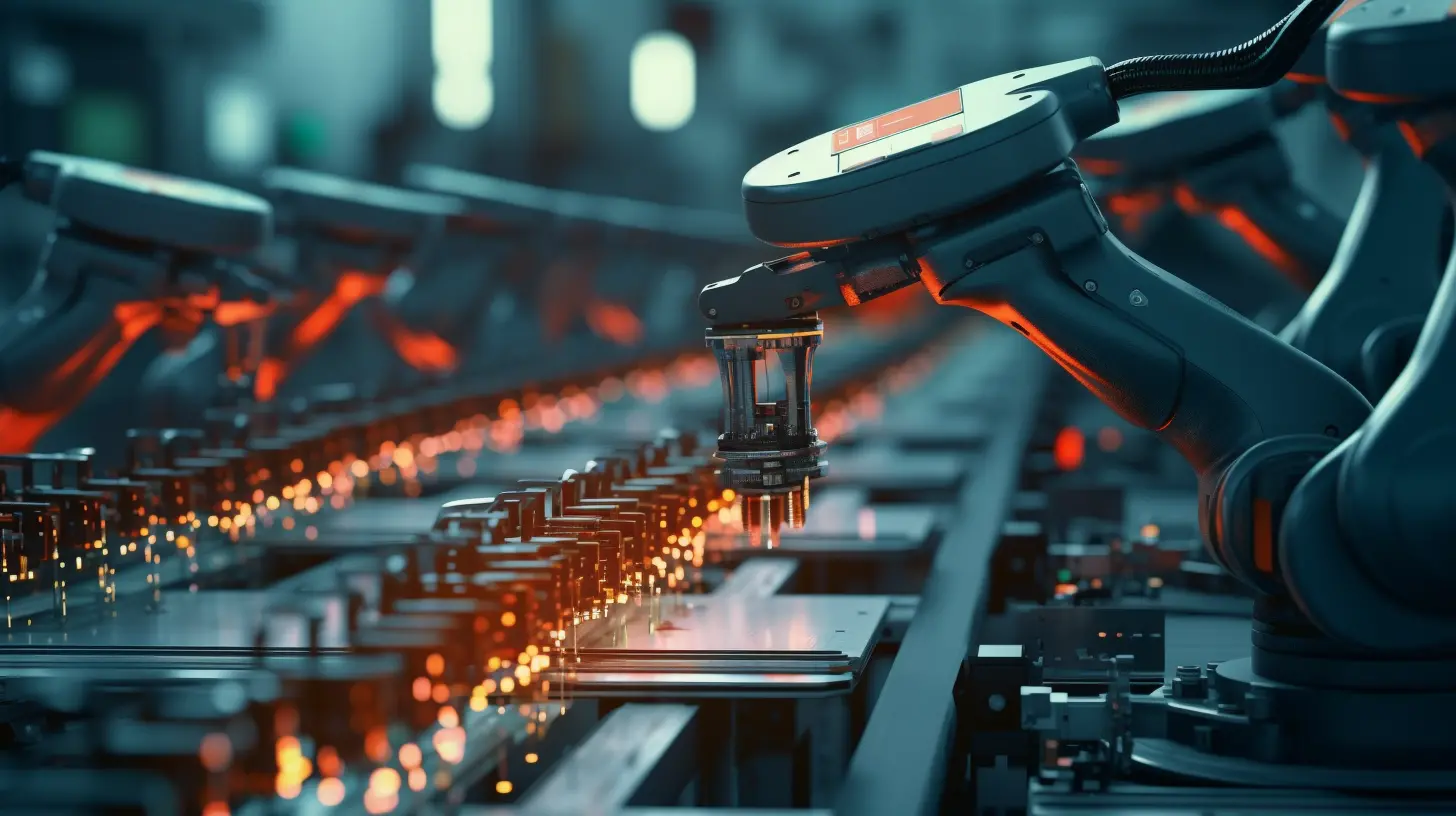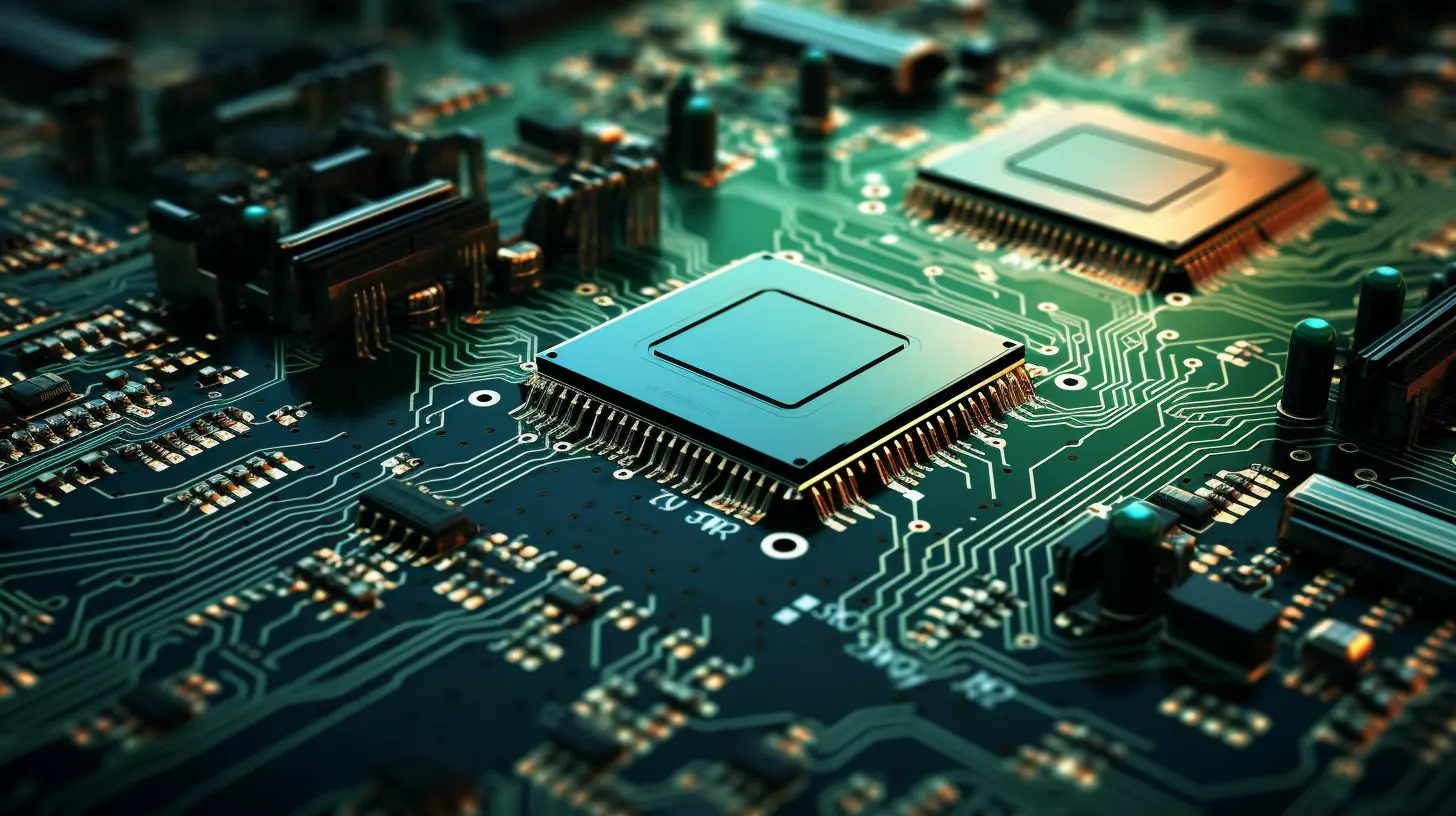In the design and development of electronic equipment, heat dissipation is often like a little devil, silently affecting the reliability and performance of the product. The application of high thermal conductivity PCBA is like putting a layer of protective film on the equipment, effectively improving the durability and working stability of the equipment.
 When designing a high thermal conductivity PCBA, engineers need to focus on the rationality of the PCB layout, the selection of heat dissipation materials, and the formulation of thermal management solutions. By optimizing these factors, not only can the operating temperature of electronic components be reduced, but their service life can also be extended, ensuring that the equipment still performs well under high-intensity work.
When designing a high thermal conductivity PCBA, engineers need to focus on the rationality of the PCB layout, the selection of heat dissipation materials, and the formulation of thermal management solutions. By optimizing these factors, not only can the operating temperature of electronic components be reduced, but their service life can also be extended, ensuring that the equipment still performs well under high-intensity work.
Of course, a good heat dissipation solution is not achieved overnight. It requires in-depth market research and repeated experimental verification. In order to ensure the high reliability of the product, it is recommended to communicate with experts from all parties to find the most suitable solution.
If you are an engineer or designer in the electronics industry, exploring the technical details of high thermal conductivity PCBA will undoubtedly provide strong technical support for your product development. Let us face the challenges of equipment reliability together and push our products to new heights!

Here, we also encourage readers to share your experience in high thermal conductivity PCBA application in the comment area, interact and make progress together!
